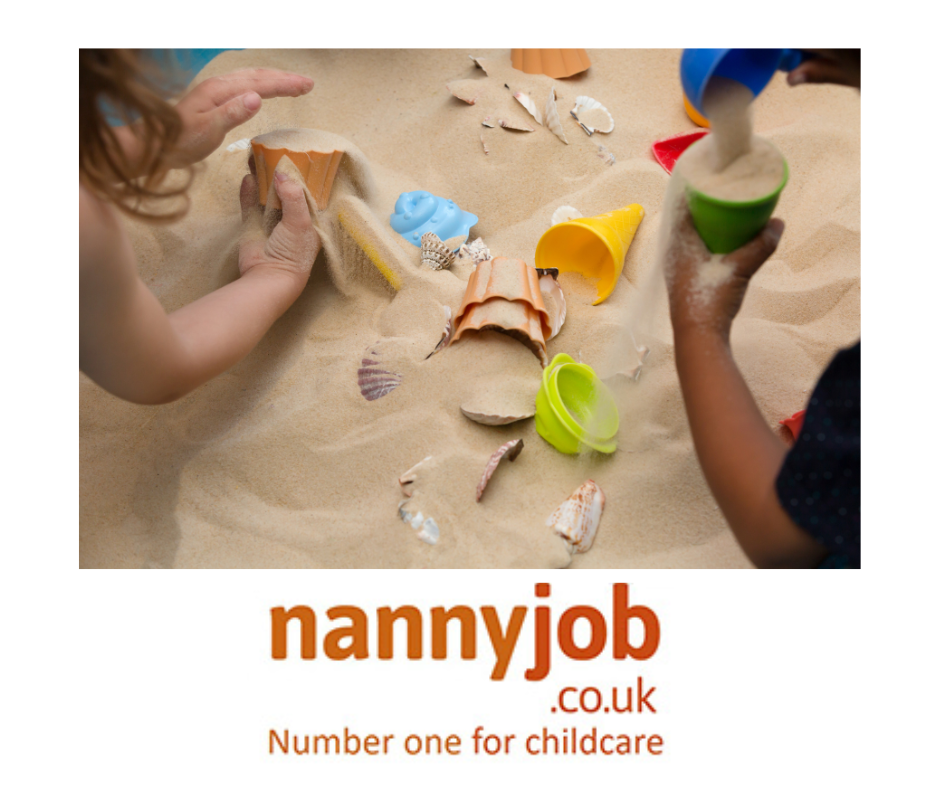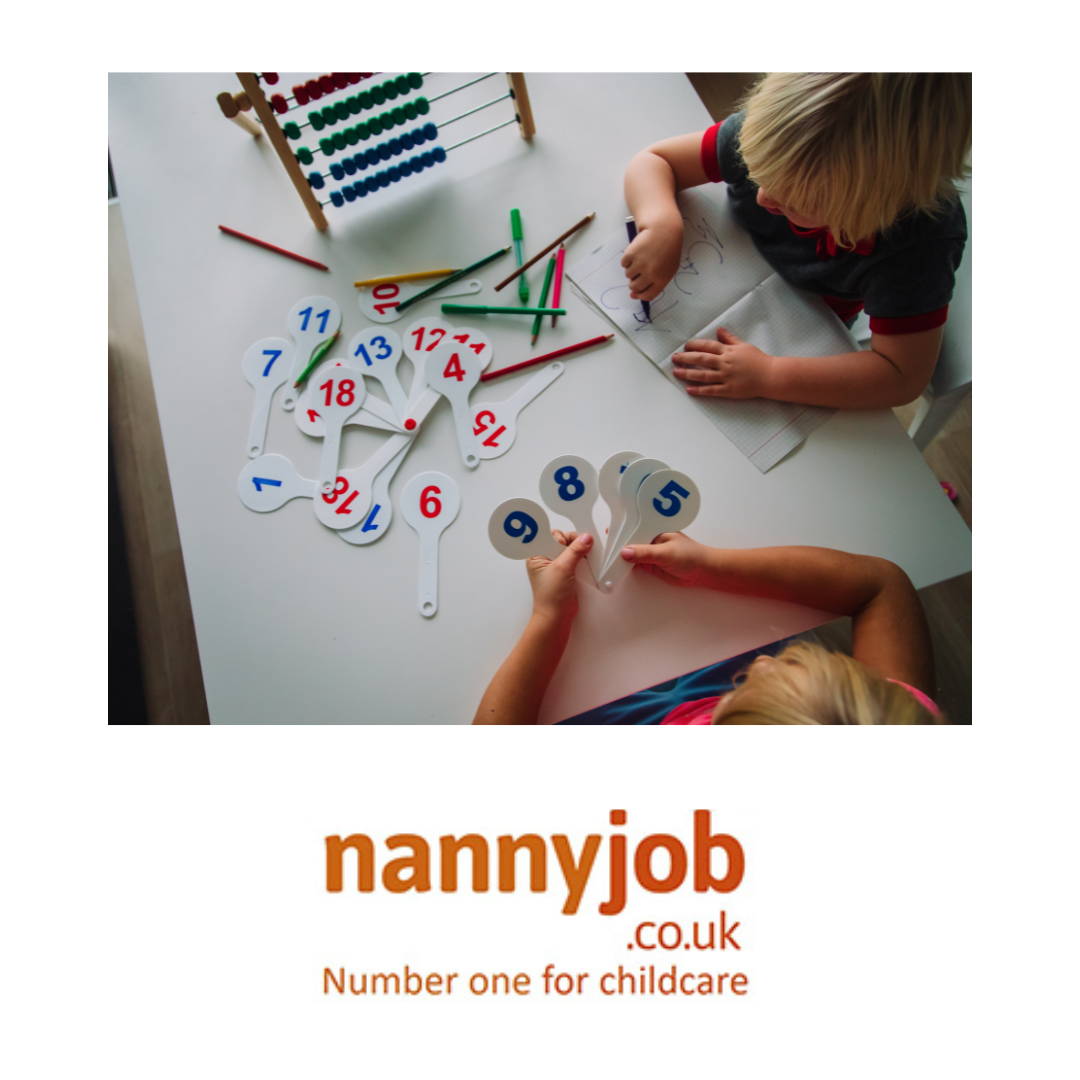In the modern era, children have grown up as digital natives, accessing the Internet from a very young age. While it offers a treasure trove of information and educational tools, it also brings forward the challenge of Internet addiction.
Understanding Internet Addiction in Children: Internet addiction is marked by excessive or poorly controlled desires related to Internet use, which affects the child’s daily routine, social interactions, and overall well-being. But, as parents and nannies, there are ways to guide and protect our young ones.
Tips to Prevent Internet Addiction in Children:
- Establish Screen Time Limits: Set daily or weekly limits for non-educational screen time. Be consistent in enforcing these limits.
- Encourage Offline Activities: Dedicate time for offline hobbies. Be it arts and crafts, reading, or playing a sport, ensure they have ample offline engagements.
- Tech-Free Zones: Make certain areas, like dining rooms and bedrooms, device-free. This encourages family interaction and healthy sleeping patterns.
- Educate on Safe Internet Use: Teach your children about the dangers of over-reliance on the Internet and the importance of real-world interactions.
- Be a Role Model: Lead by example. If children see you setting and following digital boundaries, they’re more likely to do the same.
- Open Dialogue: Encourage your children to talk about their online experiences. Address their queries and concerns about the digital realm.
- Professional Guidance: If you notice alarming signs of addiction, such as falling grades or decreased social interactions, don’t hesitate to seek professional advice.
Guiding children in the digital age requires patience and understanding. Let’s help them harness the Internet’s power without letting it overshadow their beautiful childhood.










